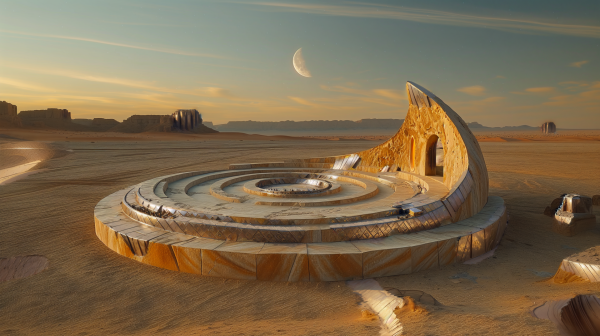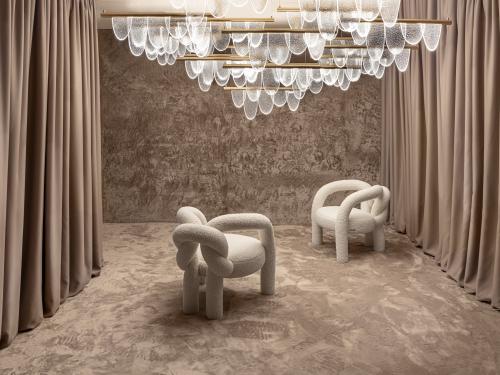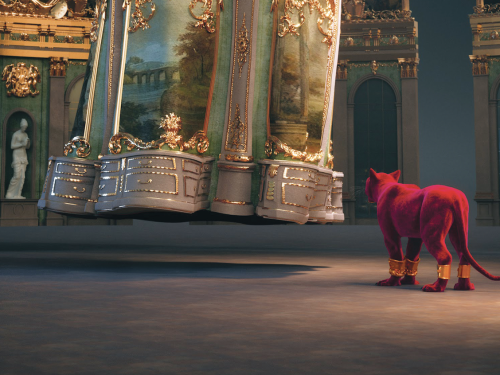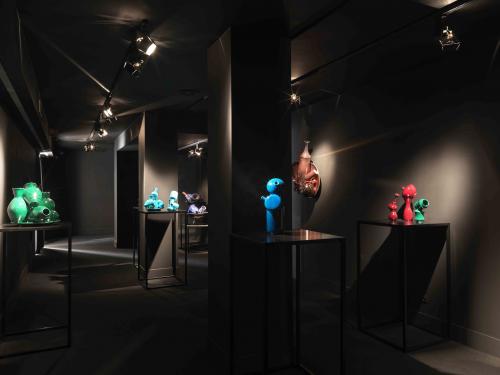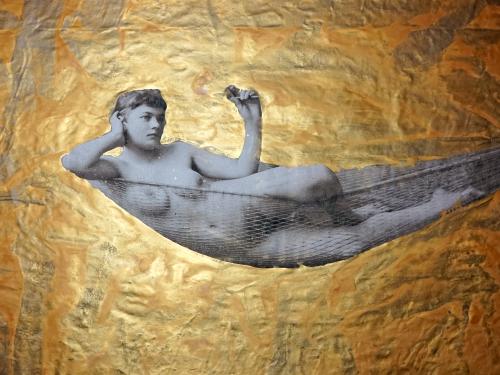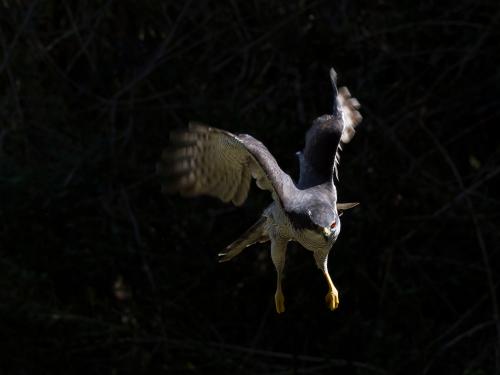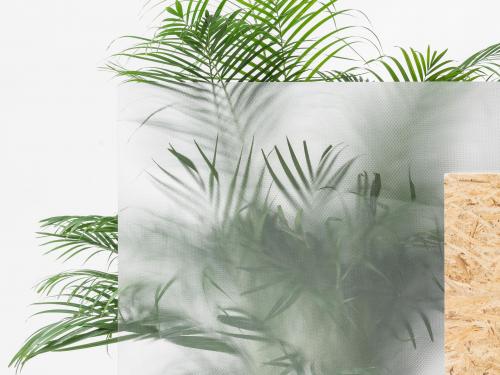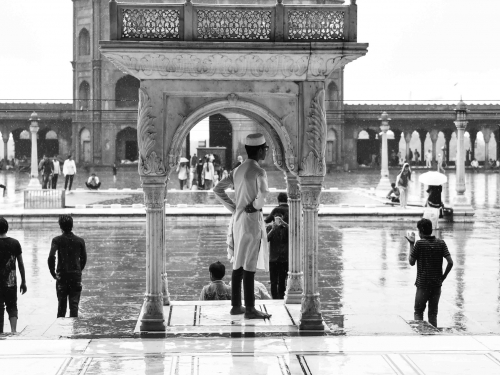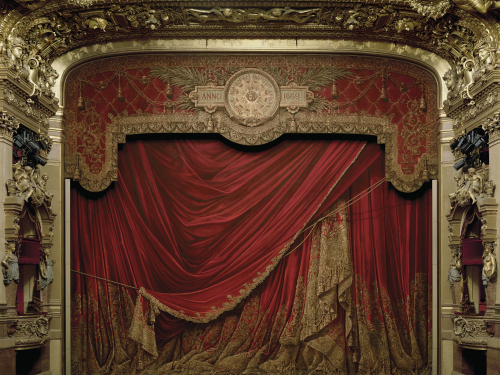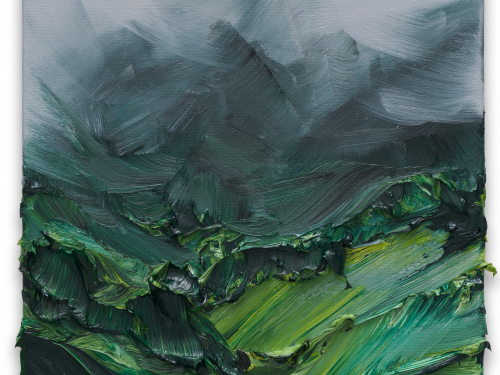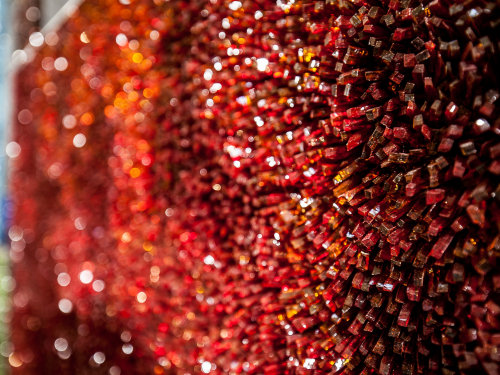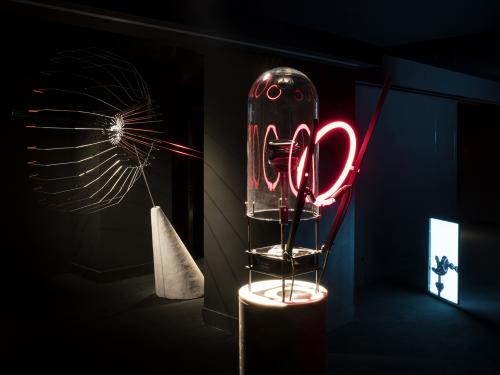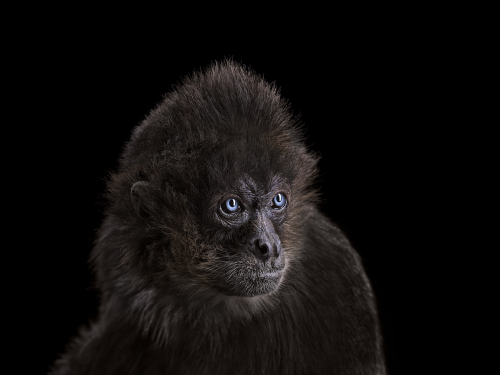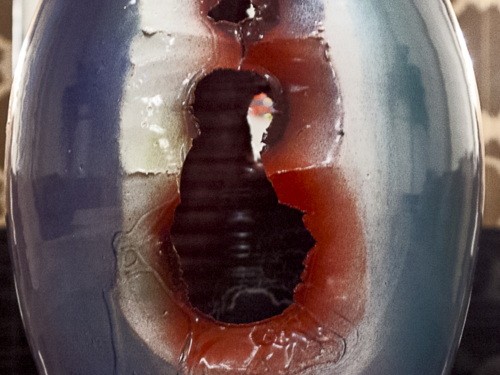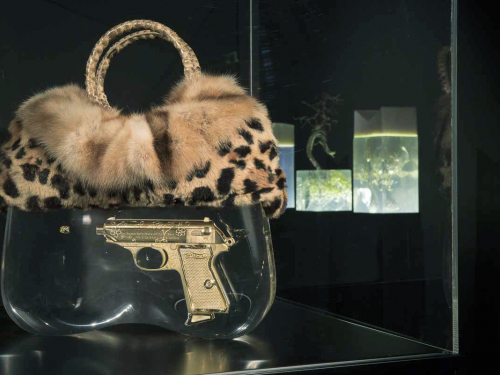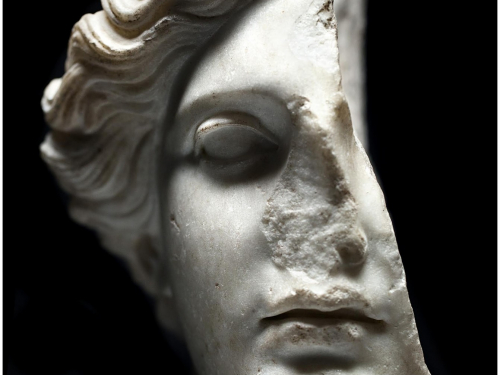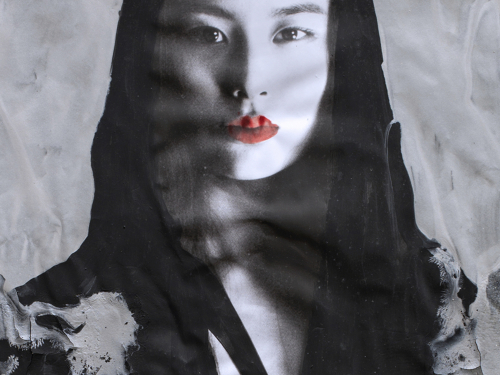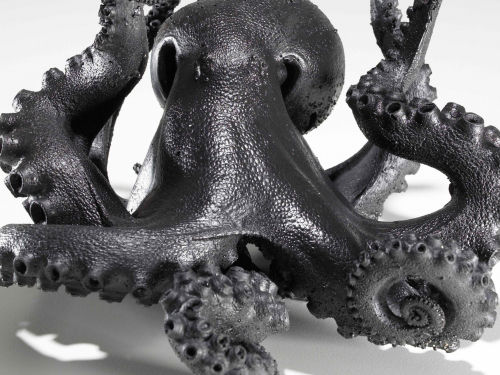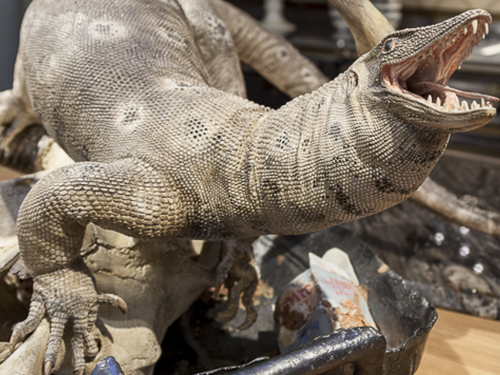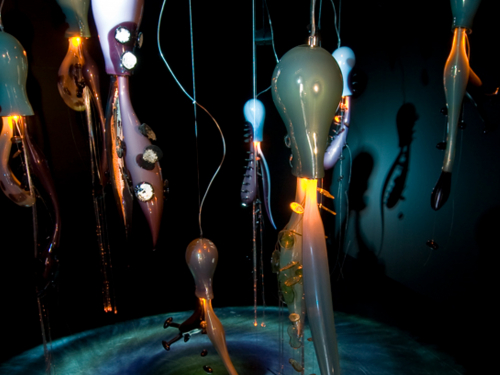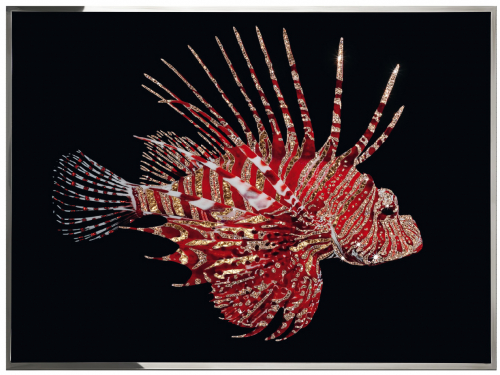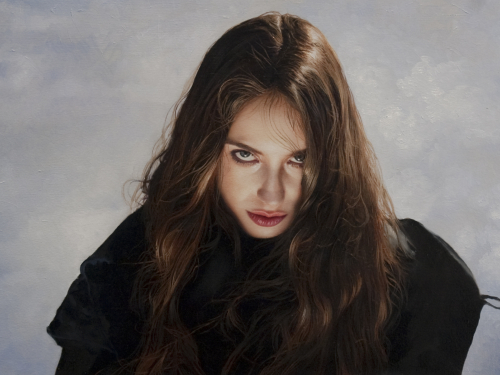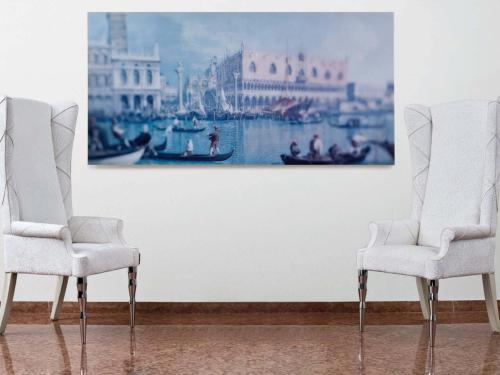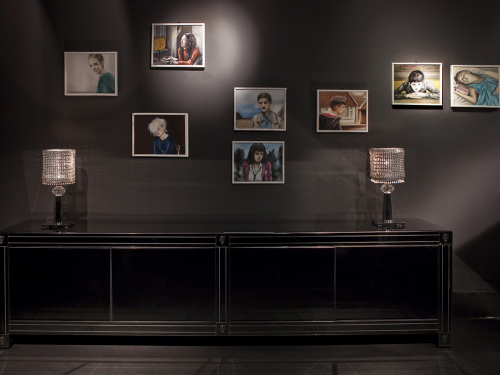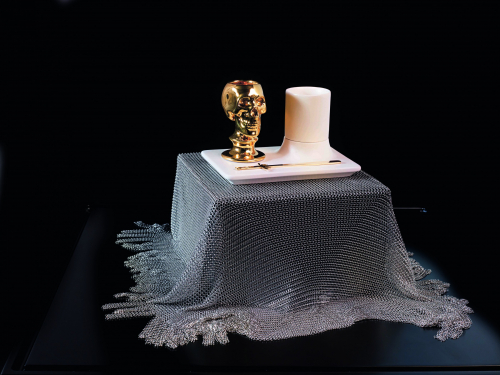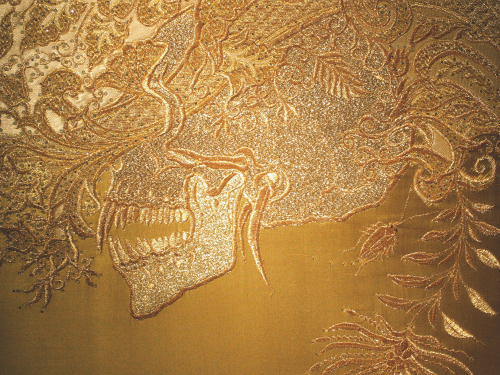Feminine
A selection of portraits of women, a homage to female beauty
9th April - 14th May 2013
DOMENICO GRENCI - ROBERTO KUSTERLE - PAOLO LEONOARDO - NINA SUREL
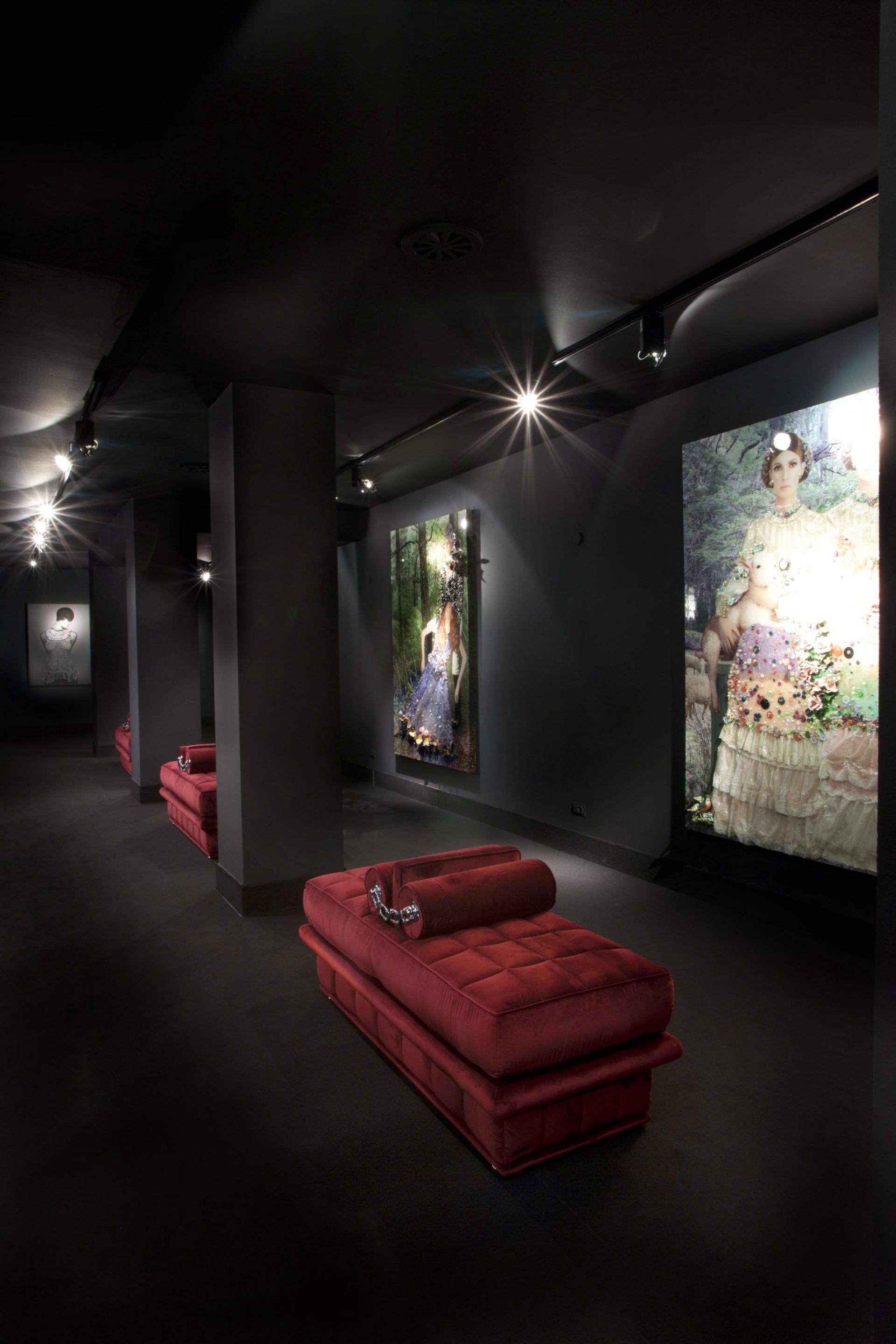
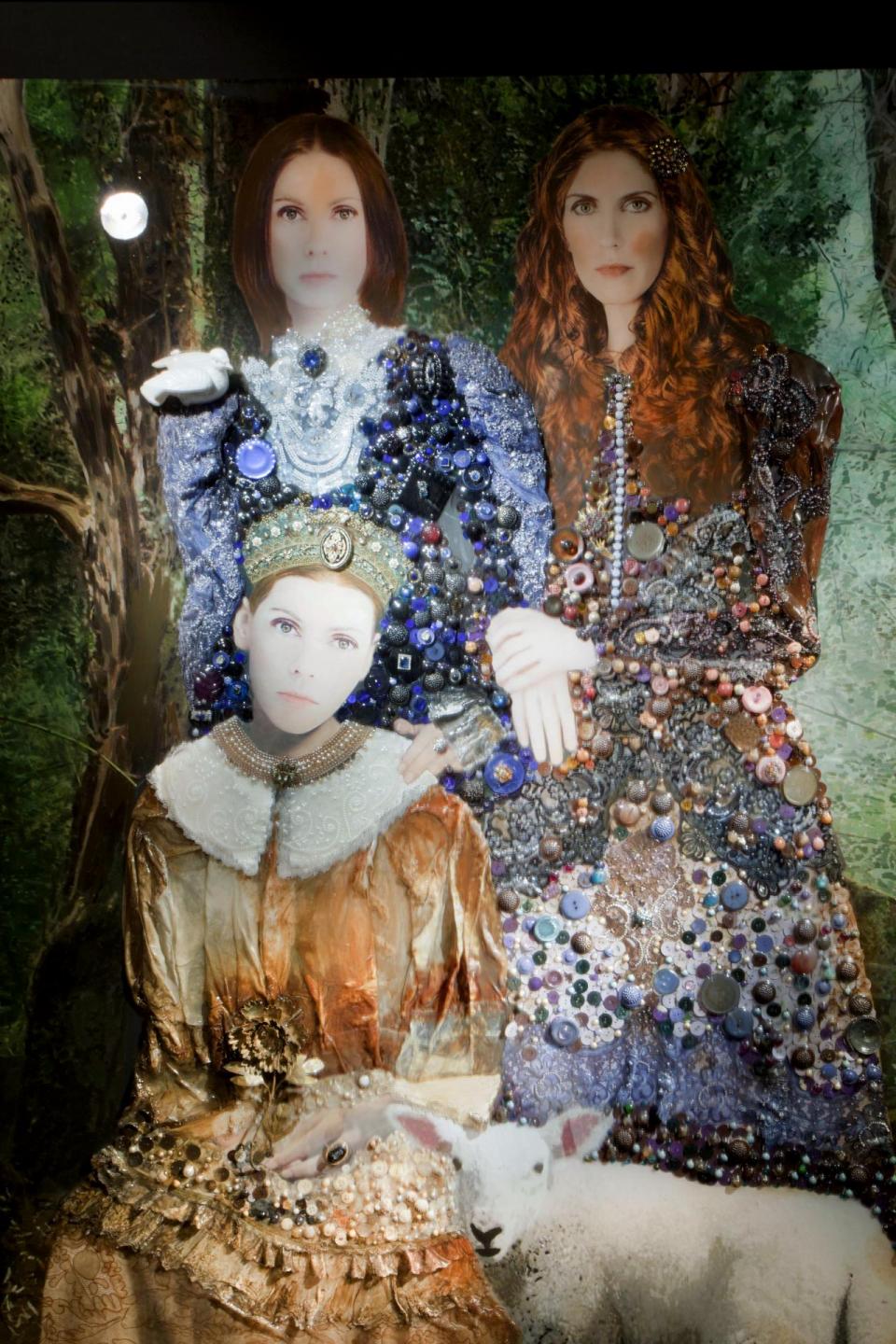
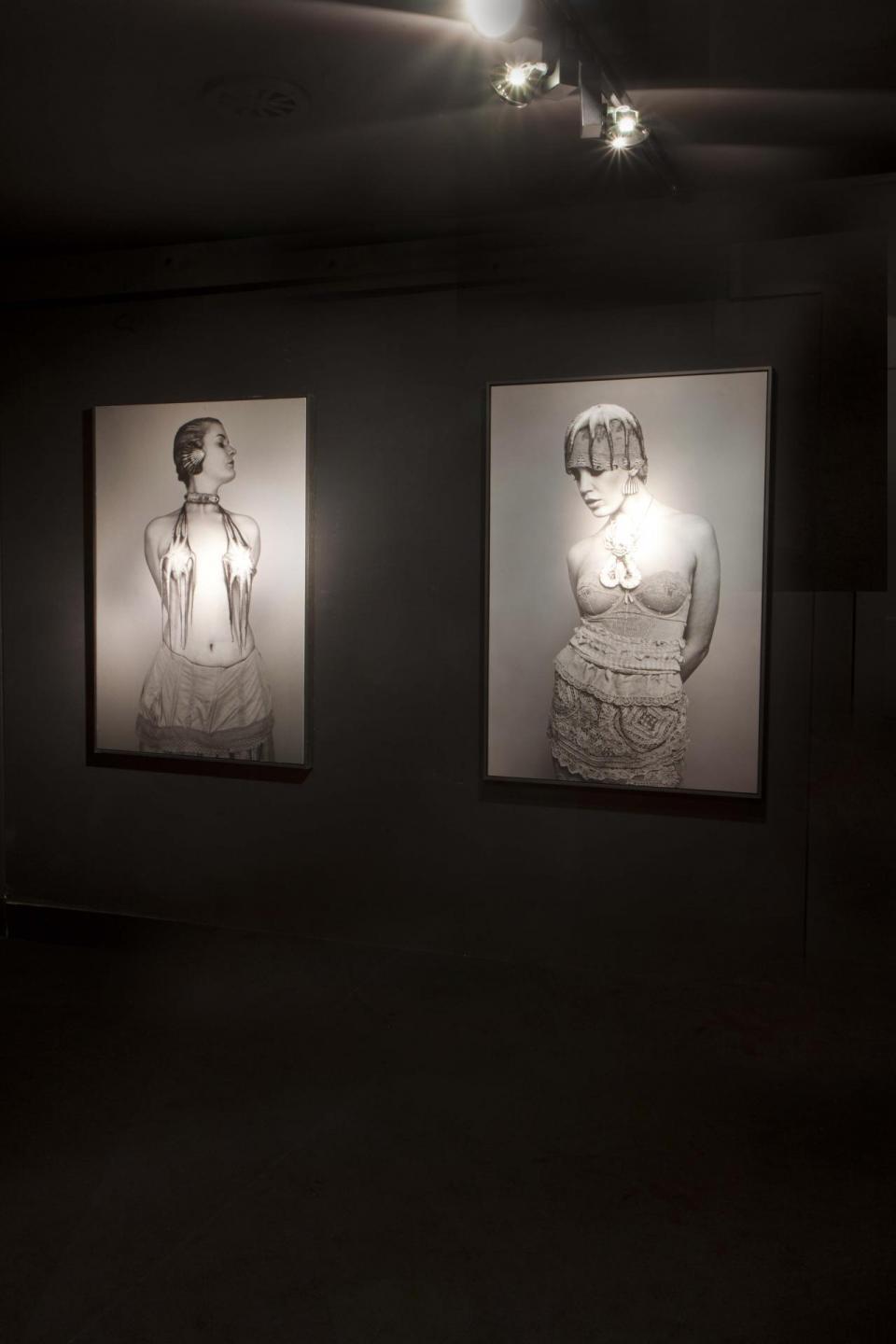
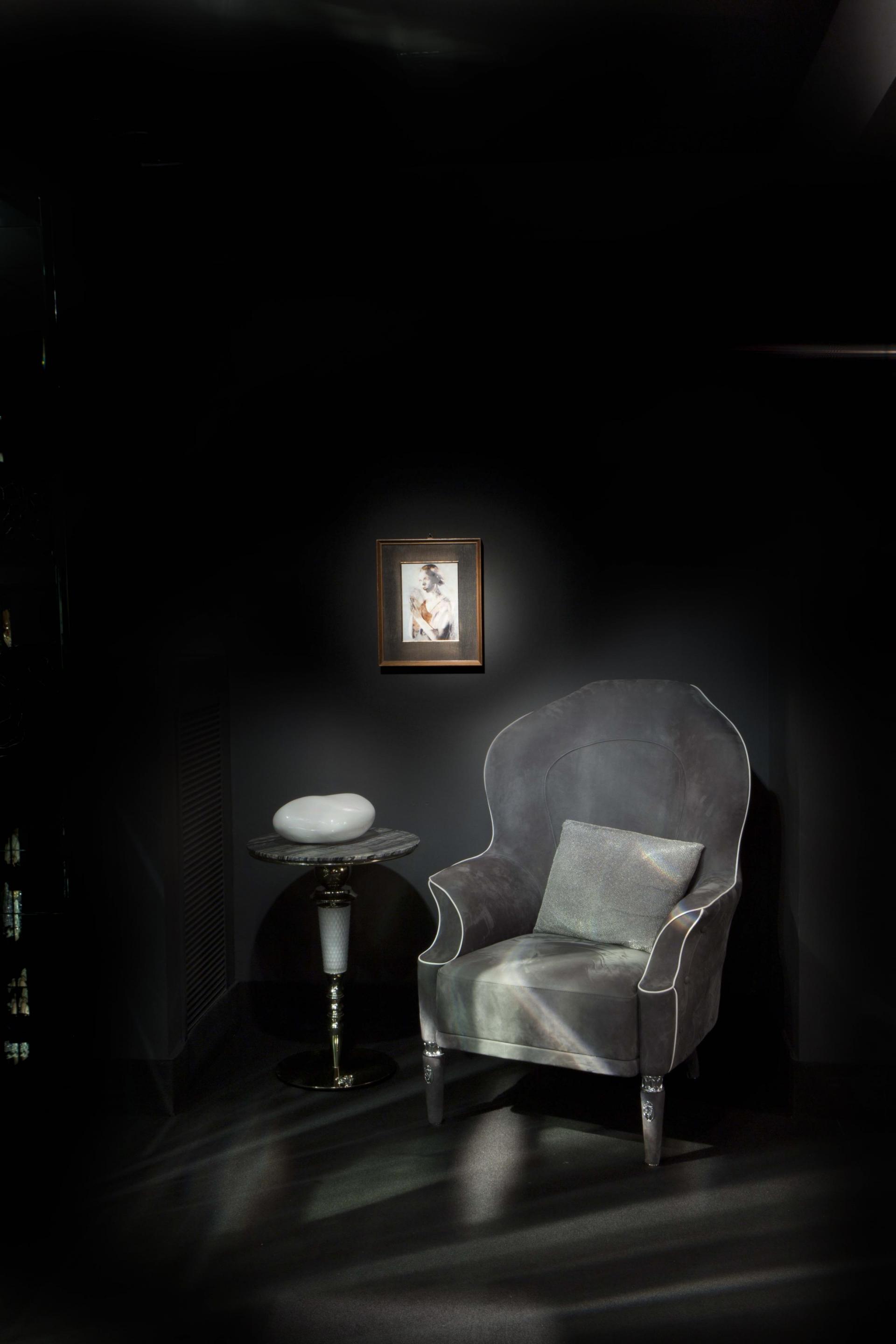
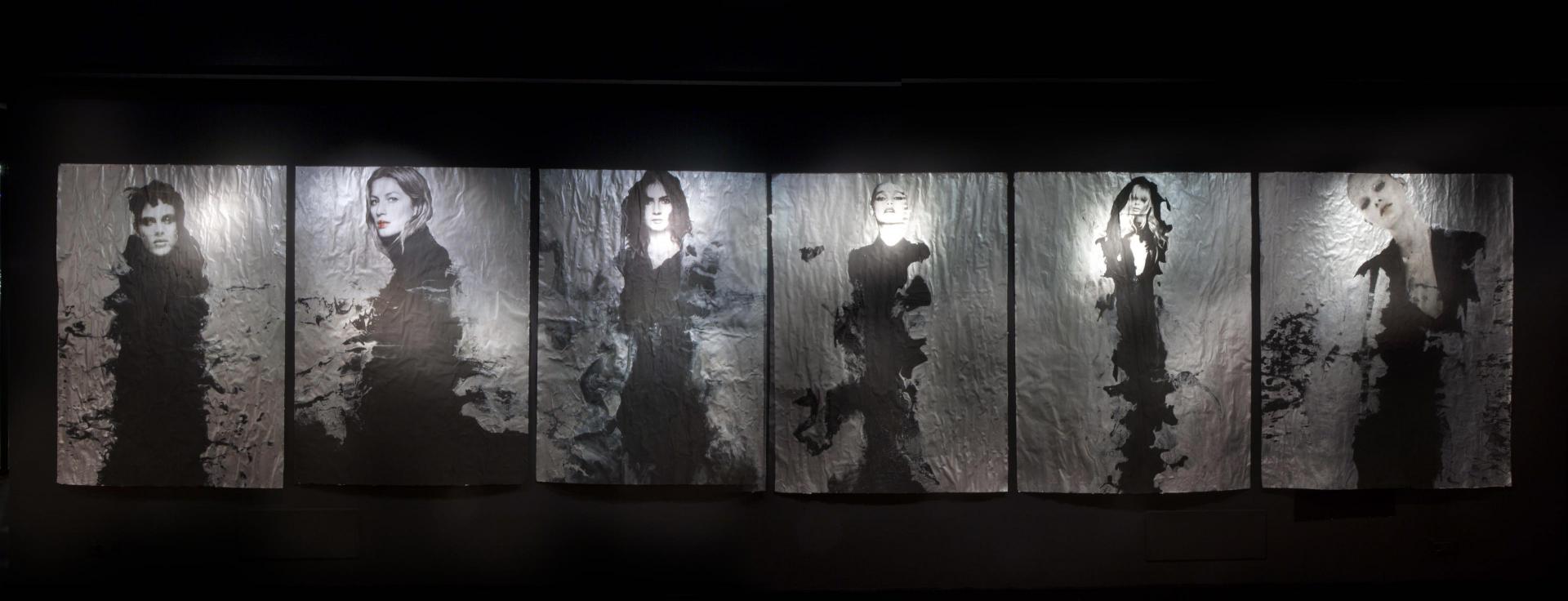
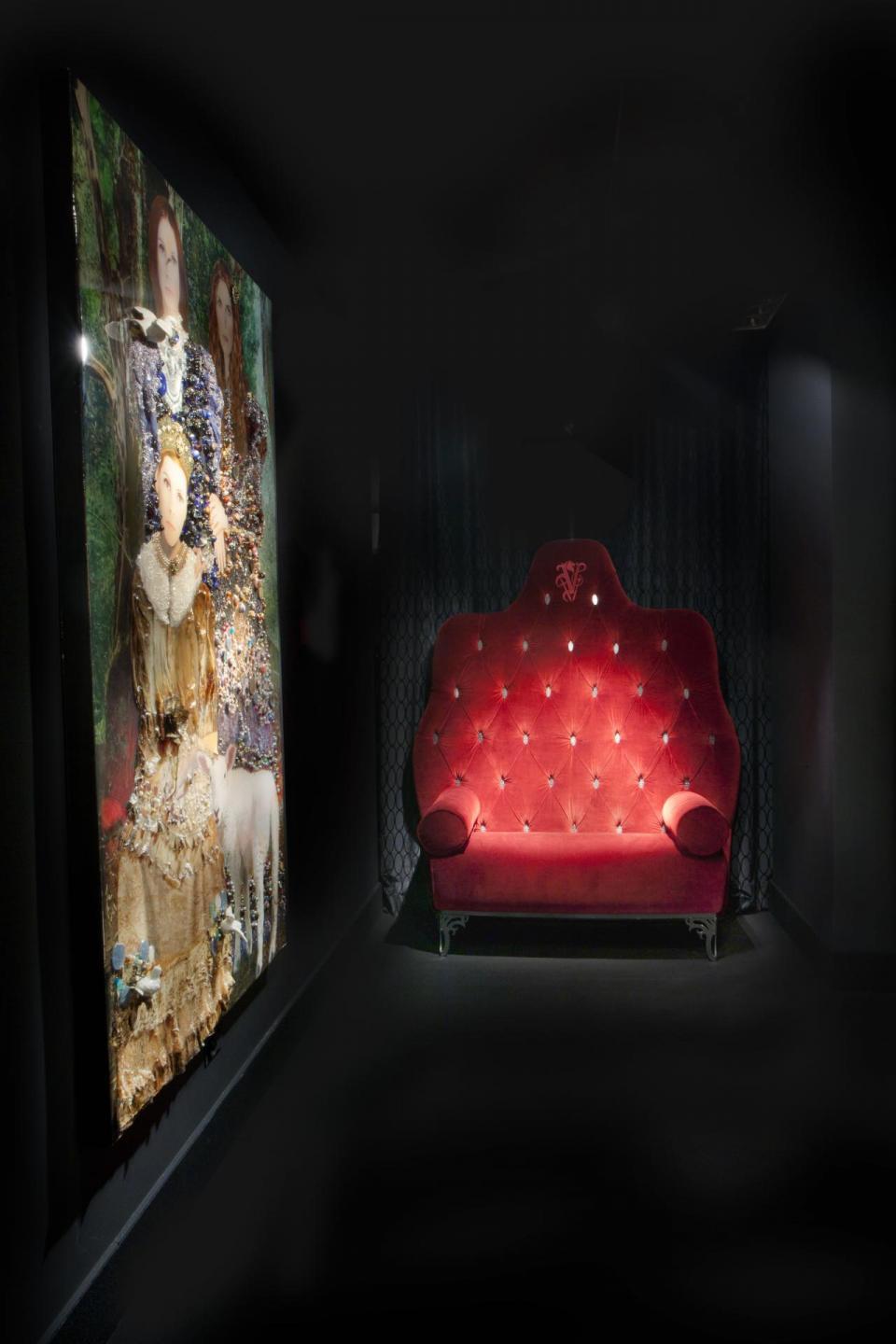
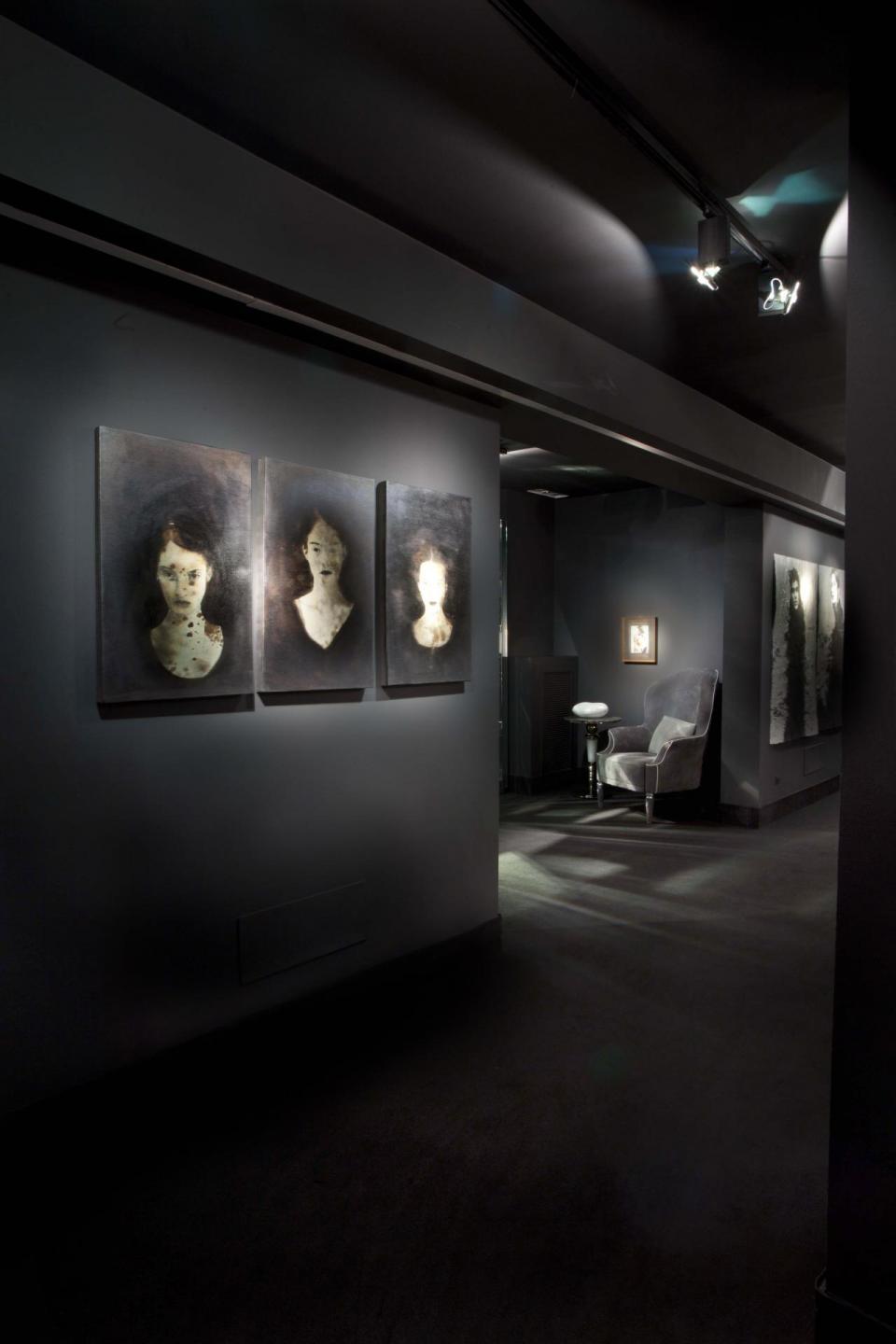
Artist
Domenico Grenci
The figures depicted by Domenico Grenci float in a dimension outside of time, lacking any material reference. The stage is empty, the only actor in this scene is the woman. Grenci’s female faces seem to emerge from an old photograph worn by time. The undefined, unfinished alien effect, similar to that evoked by a blurred or faded image, is created by bitumen, a poor and paradoxically heavy material. The artist attempts to capture something hidden in these disquieting, enigmatic faces that ask questions to which perhaps no answers exist. He does so without ill-treating them, with sensitivity and the deepest respect for women, who are complicated and sensual, vulnerable and strong at the same time, trying to extrapolate their essence, in all its nuances.
He effects what he himself calls an “elevatio animae”, which in a way redresses the offence caused to that identity by the commercialization of the body and skin-deep beauty imposed on us by the fashion industry and the media. Domenico Grenci graduated at the Art Academy in Bologna in 2007. He has taken part to several awards, receiving numerous prizes: Incision “Morandi” prize (2005); Celeste Prize (2007); Goldener kentaur: European Academic Award, Munich (2007, 1st place); “Maggio Fiorito”, Ferrara (2008, 1st place) and Art National prize in Catania. The recent invitation to exhibit at the 54th edition of the “Biennale” in Venice, Arsenale, Tese di San Cristoforo, confirms the important work done by this young Italian artist.
Nina Surel
Nina Surel’s full-size women, intriguing and characterized by an aristocratic, fairytale allure, are portrayed against a richly decorative background. They are innovative works, inspired by the artist’s interest in romantic female literature. hey depict women reenacting their fantasies, their disguises, their sub-conscious desires so often repressed in everyday social situations. Nina Surel’s whimsical figures, depicted on the edge of a wood, always originate from a photographic self-portrait, dressed differently each time and adorned with flowers or jewels until she takes on a new identity. A self-portrait of an intentionally inexpressive face, as if to embody the essence of the mercurial, mysterious world of women. Surel’s wood is a kind of set, a background narrative, but also an archetypical place tied to states of psychological conscience or unconscious, to what is permitted or forbidden. The artist uses a wide range of techniques in her works: photography, painting, collages of lace, buttons, chinaware and jewels fixed to the substrate with layers of clear resin. Nina Surel seems to investigate her own true identity as a woman and artist through her sensual images, in a kind of personal re-writing of female history. Nina Surel was born and raised in Buenos Aires, Argentina, and lives and works in Miami since 2001. She studied at the Architecture & Urban Planning University of Buenos Aires. Her work has been exhibited widely in institutions, galleries and art fairs both in the United States and South America.
Paolo Leonardo
Paolo Leonardo is interested in portrayals of women in our consumer society, drawing on an immense archive of advertising images that show modern woman in all her stereotypes. The artist glimpses a potential meaning in certain posters and photographs, and a kind of magical power in some, that leads him to establish a dialogue between the image and his painting. “I can’t bear to see the skyline of my hometown invaded by advertising images, by those faces and bodies that represent women, but at the same time dumb them down, stereotyping them and reducing them to commodities. One night in 1994, I tore down two big posters of women’s faces for the first time. After modifying them with painting in an Expressionist style, I illegally relocated them in street advertising displays. That’s how everything started, and that’s what I still do on the streets of Italy and abroad. When I choose an advertising image on the street, I realize that the photographic reproduction in it can have some potentials. Only through the isolation of this image from the others, I am able to develop a visual relationship in my studio, and the image redeems itself and gets a new own dignity through painting".
Paolo Leonardo, born in Turin in 1973 is an important artists in the new Italian art scene. Through a personal and autonomous painting, Leonardo has developed a topical research related to the relationship between art, photography and advertising.
Roberto Kusterle
Roberto Kusterle’s photograph’s are original and surreal. Installations with a woman and her body at the centre, the result of a very personal style, of complex processes, sophisticated and often with a violent conceptual impact, that use materials borrowed from nature. With patience and mastery, the artist-director meticulously considers every detail - the choice of characters, the settings, lighting, scenography and make up. The image captured by the camera is the last act in a project and preparation that can last months; an act of liberation after the build-up that preceded it, and a starting point for the next step, development in the darkroom. The final result always has a strong visual impact, with the surrealism of the subject and setting transporting the observer to another dimension. Roberto Kusterle was born in Gorizia. At the end of the 80’s, his interest in photography begins, focusing in a research of the human representation in connection with nature around it. The images of the themes tackled tell us about a unique time where separations between dreams, reality, men and animal melt down and uprise into a form of tight cohabitation thus transforming vital energy into ethic tension.
